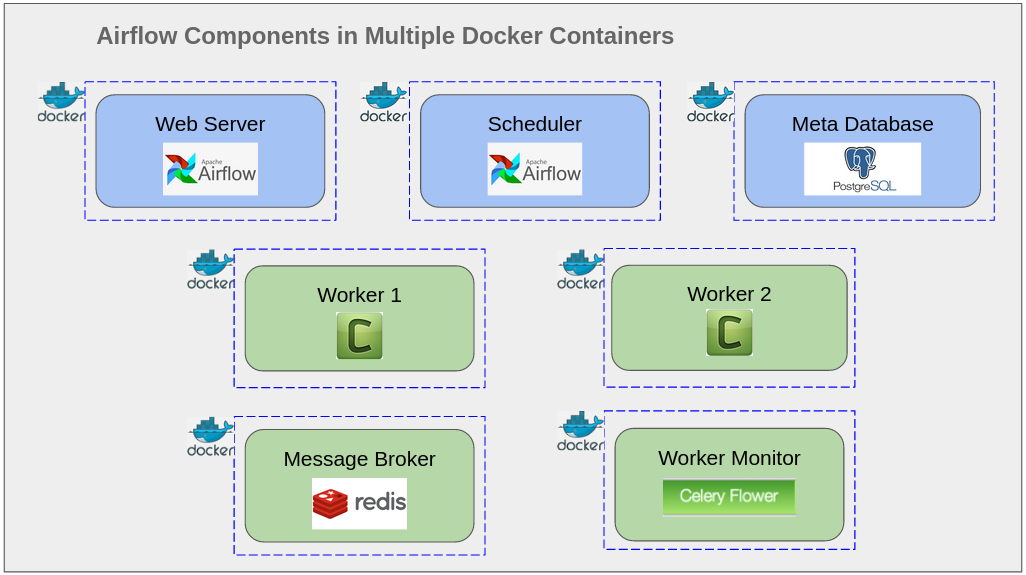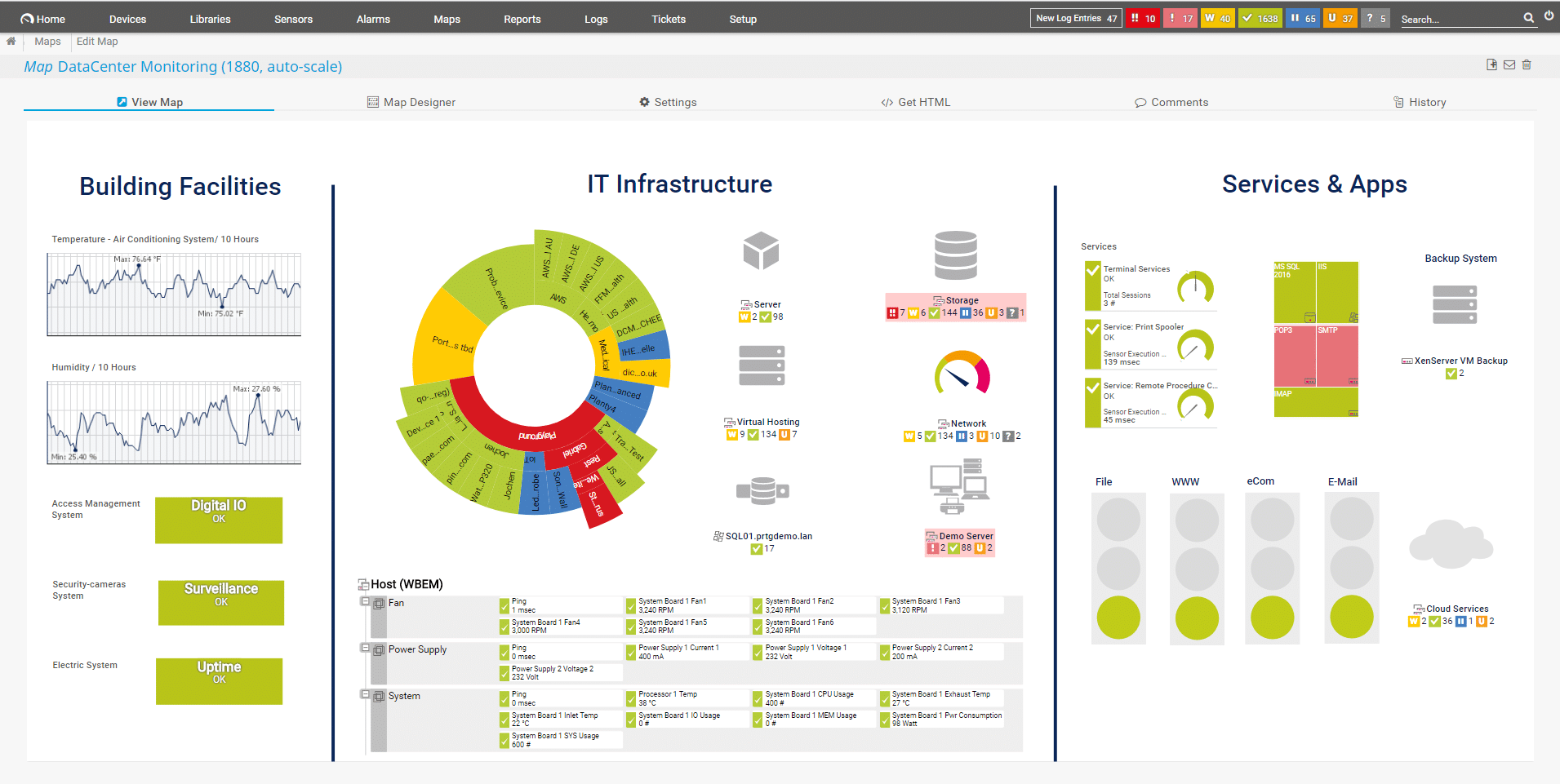


Monitoring various aspects of the IT infrastructure can be quite pesky and cause many difficulties if not done properly.
#Docker network monitor how to
If you would like to extend this functionality to all Home Assistant entities, then you should check out my How To Display Unavailable Home Assistant Entities guide.Monitoring is necessary for businesses to make sure that the required system is up and working. This is a great way to setup alerts, notifications, view server and device status all from within Home Assistant.
#Docker network monitor Offline
In a future guide, I’ll show you how to monitor zwave and zigbee devices that may come offline or online in a similar way. Obviously, this is a very basic example of how to monitor servers using Home Assistant as long as they have an IP address. Here’s what your notification will now look like: You can now create a 2nd automation to change from Off to On to be notified when your devices comes back online.

If you add your phone, you can also just turn the wifi off as a quick test. Because I set my scan interval to 30 seconds, I will receive within 30 seconds if it comes online. Message: Your host host has went offline.įor testing, I simply disabled the network adapter on my docker VM. service: notify.mobile_app_pixel_5_danny
#Docker network monitor code
My code below only shows the status over the last hour but you can change this whatever you’d like. Once installed and reloaded, add a new card.įrom here, you can either search for one of the binary sensors you just created or copy and paste my YAML below by clicking the Show Code Editor button. Before you do that, you should figure out what your newly created binary sensors are called by going to Configuration > Entities > search for nsor The next step is to display the status in a Lovelace card. Save the configuration and then reboot Home Assistant. You should be able to grab the IP address from the device itself or by logging into your router. You will just need to know the IP address of each device, as hostname will not work. You can add ANY devices with an IP here – phones, printers, smart TV’s, raspberry pi’s, cameras, etc. If you are adding multiple devices, then it would look like this: binary_sensor: If you don’t have any binary sensors added to configuration.yaml yet, then the code to add would look like this: binary_sensor: This will create a new binary sensor for you to start tracking. The default number of packets sent is 5, and the default scan interval is 5 minutes, but I am changing those variables below. If you do, add the code below replacing it with your router’s IP address. For this example, I am going to be monitoring my router which has an IP address of 192.168.68.1.įirst, check if you already have a binary_sensor: field in configuration.yaml. To do this, open File Editor and open your configuration.yaml file. In this guide, I’m going to show you how to monitor Home Assistant entities or network devices, and then display the status in a beautiful Lovelace card.īefore you can start monitoring devices and entities, you need to add the PING to Home Assistant. You can also use this as a presence detection or device tracker system. Are you looking for a simple way to monitor devices on your network using PING (ICMP) from within Home Assistant? Maybe you are looking to create automations based on whether or not a device is online, comes online, or a website goes down.


 0 kommentar(er)
0 kommentar(er)
